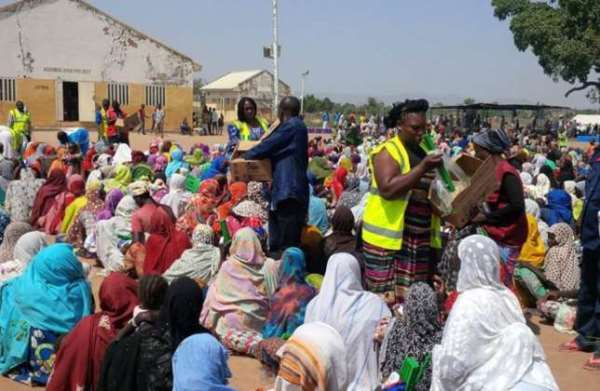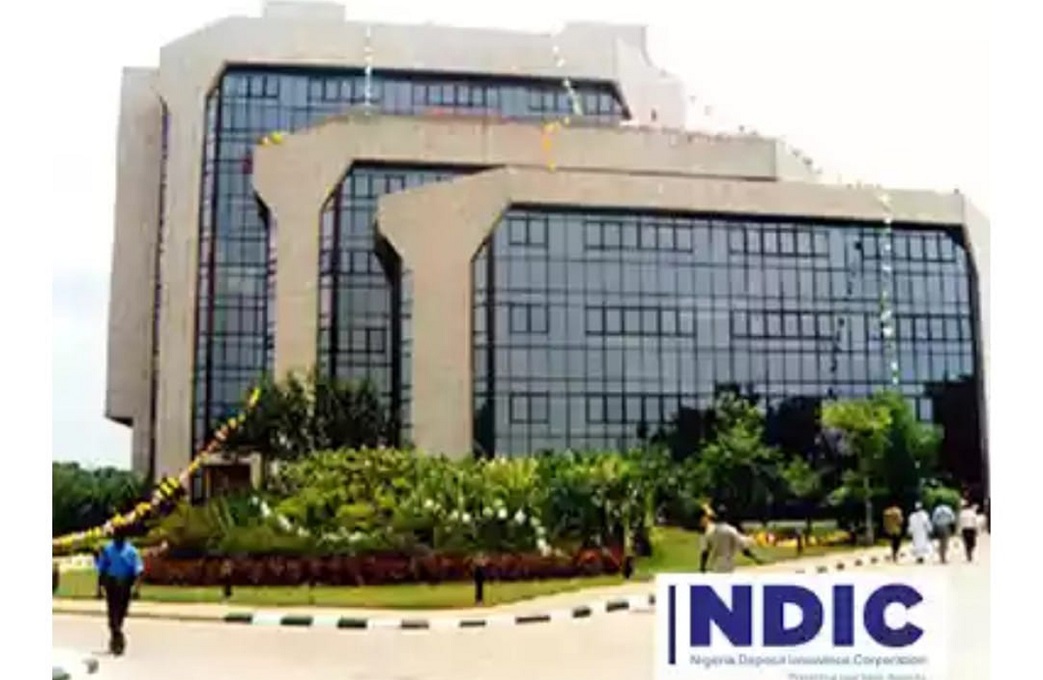Nigeria’s debt hikes by N3.3trn to N25.7trn in one year

Nigeria’s total public debt has increased by N3.32 trillion to N25.7 trillion in one year as at the end of June 2019, the Debt Management Office (DMO) said on Tuesday.
Breaking: Minimum wage strike unlikely as FG, Labour shift ground
The DMO latest figure showed that the Federal Government owed N20.42 trillion as at June 30, 2019, while the 36 states and the Federal Capital Territory debt portfolio stood at N5.28 trillion.

The debt office further revealed that the debt stock is made up of N8.32trn ($27.16bn) external debt and N17.38trn borrowed domestically.
The nation’s public debt, which stood at N22.38 trillion as of June 2018, increased to N24.39 trillion in December 2018 and N24.95trn in March 2019.
The Monetary Policy Committee of the Central Bank of Nigeria noted last month that the rising public debt was one of the headwinds to the nation’s growth prospects.
The Minister of Finance, Budget and National Planning, Mrs. Zainab Ahmed, said in August that the country did not have any debt challenge but a challenge with generating sufficient revenue.
“There is a lot of insensitivity around the level of our debt.
“I want to restate that our debt is not too high — what we have is a revenue problem.
“Our debt is still very much within a reasonable fiscal limit.
“In fact, among our comparative countries, we are the least in terms of borrowing,” she had said.
Meanwhile, Nigeria’s debt servicing has been on the increase in the recent time as the Federal Government of Nigeria in the last four years provided a whopping sum of N8.14 trillion as budgets deficit, findings by The Daily Times had revealed.
The breakdown of the figure showed that President Muhammadu Buhari-led administration in 2016 budget provided a deficit of N2.19 trillion, however, reduced a bit to N2.14 trillion in 2017.
Further checks revealed that the Federal Government borrowed N1.95 trillion to finance the deficit in the 2018 budget, but declined further to N1.86 trillion in 2019 budget.
And again, the Africa’s largest economy will run a deficit of N1.70 trillion in the year 2020 fiscal year as Federal Government projected aggregate N7.17 trillion revenue from shares of the Federation Account and Value Added Tax (VAT) as well as other revenues.
Though the projected aggregate revenue for the year 2020 is N170.41 billion or 2.4 per cent more than the N6.99 trillion for 2019 revenue projection, it is N1.95 trillion short of the entire 2020 budget estimated at N9.12 trillion.
This was contained in the Medium Term Expenditure Framework and Fiscal Strategy Paper (MTEF/ FSP) document forwarded to the Senate by the president recently.
Consequently, the Federal Government has projected an increase in the nation’s debt servicing from N2.14 trillion in 2019 to about N2.45 trillion; Statutory Transfer of N526.46 billion, from N502.1 billion in 2019; and sinking fund of N296 billion, from N110 billion.
Minister of Finance, Budget and National Planning, Zainab Ahmed, had said in the 2020 budget, recurrent non-debt appropriation was put at about N4.57 trillion against N4.39 trillion in the 2019 Budget.
With this development, the debt financing under the current administrative of President Muhammadu Buhari has been on the increase, as Nigeria’s debt profile grew by N9.61 trillion, according to statistics from the Debt Management Office (DMO).
According to the DMO, Nigeria’s debt stood at N21.73tn as of December 31, 2017, while the figure as of June 30, 2015 was N12.12tn.
This means that within a period of 30 months – July 2015 to December 2017 – the country’s debt rose by N9.61tn, or 79.25 per cent.
The composition of the debt stock as of the end of 2017 showed that external debt was 26.64 per cent of the portfolio, up from 20.04 per cent in 2016; while the domestic debt was 73.36 per cent, down from 79.96 per cent in 2016.
Further analysis showed that the domestic debt for the Federal Government was N12.59tn, while the domestic debt of the states and the Federal Capital Territory was N3.35trillion.
The external debt of the Federal Government, states and the FCT was N5.79tn. This puts the total public debt as of December 31, 2017 at N21.73 trillion.
According to the ministry’s 2020 budget circular released recently, it stated that the Federal Government aggregate revenue of N6.99 trillion was projected to fund the 2019 Budget of N8.92 trillion. This implies a deficit of N1.92 trillion will be financed mainly by borrowing.
The circular showed that as of June 30th 2019, the total debt service rose to 1.11 trillion in just six months, while the federal government actual revenue was N2.04 trillion, which represents only 58per cent of the N3.49 trillion pro-rata budget.
Speaking in an exclusive telephone chat with The Daily Times, a financial expert, Lecturer and President Bank Customers Association of Nigeria (BCAN), Dr.“ Uju Ogunbunka, said that despite the high amount used for Nigeria’s debt servicing, there is no positive impact as bad roads and decayed infrastructure keep staring the country in the eye.
He explained that everywhere in the country is filled with bad roads, adding that even agriculture that have been talked about to be a major source of revenue is dying gradually with nothing to show.
“The only impact is that the Federal Executive Council members and National assembly members appear to be increasing their take home pay in a disproportionate manner that is not in line with the reality of the economy, and that is what is leading us to borrow and also service our debts.
“The only way we can reduce debt service is to reduce our recurrent and overhead cost or else we will keep on borrowing with no revenues to complement, ” he said.
He added that the country needs to evaluate how much they are getting and how much they are spending.
“We only rely on oil and now there are alternatives to oil, even the United States of America that is our major oil importer is reducing, which is why our income is declining but the need for us to spend more is there.
“Government needs to do more in improving infrastructure, schools, health systems so that medical tourism or a situation where pupils sit on the floor to receive lectures won’t be there,” he said.








